Google Honours Baba Amte: 5 Lesser-Known Stories From The Life of a Legend
Did you know he once injected himself with bacilli to prove that leprosy was not highly contagious? This was just one of his many attempts to smash the social stigma around the disease!
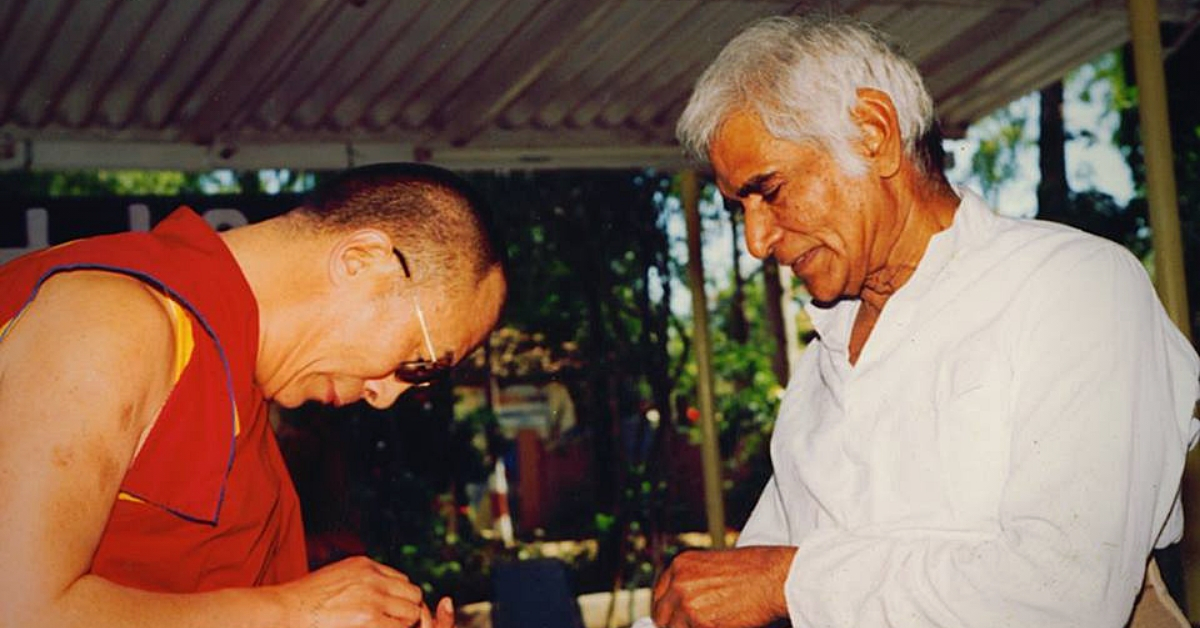
A messiah for the differently-abled, especially for those affected with leprosy, Murlidhar Devidas Amte, popularly known as Baba Amte, was born today, 104 years ago.
Honouring his contribution, Google released a doodle slideshow of the prominent social worker and activist. Created by Vrinda Zaveri, the doodle encapsulates his inspiring journey, which was entirely dedicated to the welfare of others, especially the downtrodden.

Looking back, here are a few interesting less-known anecdotes of his life, which reflect his undaunting and selfless character!
1. An encounter that changed his life
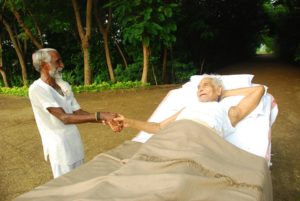
Born in a Hindu Brahmin family, Baba Amte was living an affluent life. Underneath all the extravagance of status and wealth, he was restless. Yearning for a larger purpose in life, he volunteered for several social causes and was an active part of the freedom struggle. But, it was a chance encounter during this time that changed his life forever.
One day, he came across a man called Tushiram who was in the last stage of leprosy. His deformed state, similar to that of a corpse, scared Baba.
Known to be fearless, the Abhay Sadhak (as called by Mahatma Gandhi), Baba Amte, for the first time experienced fear and was determined to overcome it. It was then that he decided to dedicate his life to the service of leprosy patients, the abandoned, and the differently-abled and went on to build Anandwan in his later years.
2. Tagore and Shantiniketan as inspiration
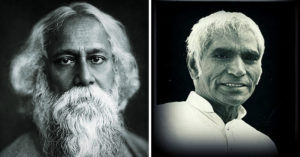
Baba Amte was born a year after Rabindranath Tagore won the Nobel Prize for his songs in Geetanjali. Hence, growing up, Amte had a deep fascination for them, and they drew him further to learn Bengali, even leading him to the lush and idyllic Shantiniketan, the abode of Tagore.
A youth brimming with intellectual fervour and curiosity, Amte loved travelling and meeting fascinating personalities; the visit inspired him with the ideals of the Brahmo Samaj. He was also inspired to pursue poetry.
3. Injected himself with the leprosy bacilli
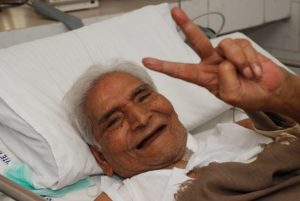
Amte was fighting the cause for leprosy patients at a time when the disease was associated with social stigma. Often considered untouchable, leprosy victims would often face social ostracisation, making their survival more painful.
Amte wanted to fight this and dispel the myths around the disease being contagious or a consequence of bad karma. Hence, to send out a strong message to society, he allowed bacilli from a person affected with leprosy to be injected into his body.
His efforts eventually began to show results, and he went on to establish Anandwan—meaning a Forest of Bliss—which is a safe space for persons affected with leprosy, and all differently-abled individuals.
4. Developed roses without thorns for the residents of Anandwan
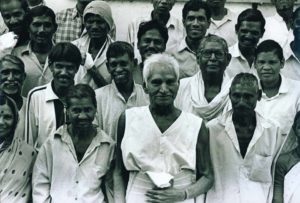
Anandwan was to truly live up to its name and be the safest place for its inhabitants, where every individual, despite their physical limitations, would be helped to be self-sufficient and safe. Amte made sure to take care of the minutest details–creating a garden of thornless roses so that the visually-impaired inmates could enjoy their beautiful fragrance and soft touch, without being pricked by thorns!
5. Anandwan, his Eden on Earth!
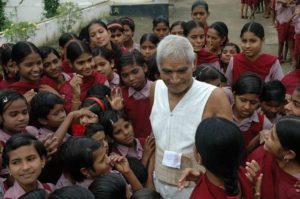
Located in the interiors of Chandrapur district of Maharashtra, Anandwan is Amte’s heaven on earth–an inclusive space for all marginalised individuals.
Interestingly, Baba Amte started the ashram with only Rs 14 and six people affected with leprosy to look after, back in 1949. Over the years, it has expanded both in size and scope.

Spread across a sprawling 250-acres of land, this is a SMART (Sustainable, Measurable, Affordable, Replicable and Technologically advanced) village with over 5,000 residents and an annual turnover of over Rs 20 crore!
(Edited by Shruti Singhal)
Featured image: Anandwan/Facebook
Like this story? Or have something to share?
Write to us: [email protected]
Connect with us on Facebook and Twitter.
If you found our stories insightful, informative, or even just enjoyable, we invite you to consider making a voluntary payment to support the work we do at The Better India. Your contribution helps us continue producing quality content that educates, inspires, and drives positive change.
Choose one of the payment options below for your contribution-
By paying for the stories you value, you directly contribute to sustaining our efforts focused on making a difference in the world. Together, let’s ensure that impactful stories continue to be told and shared, enriching lives and communities alike.
Thank you for your support. Here are some frequently asked questions you might find helpful to know why you are contributing?


This story made me
-
97
-
121
-
89
-
167











